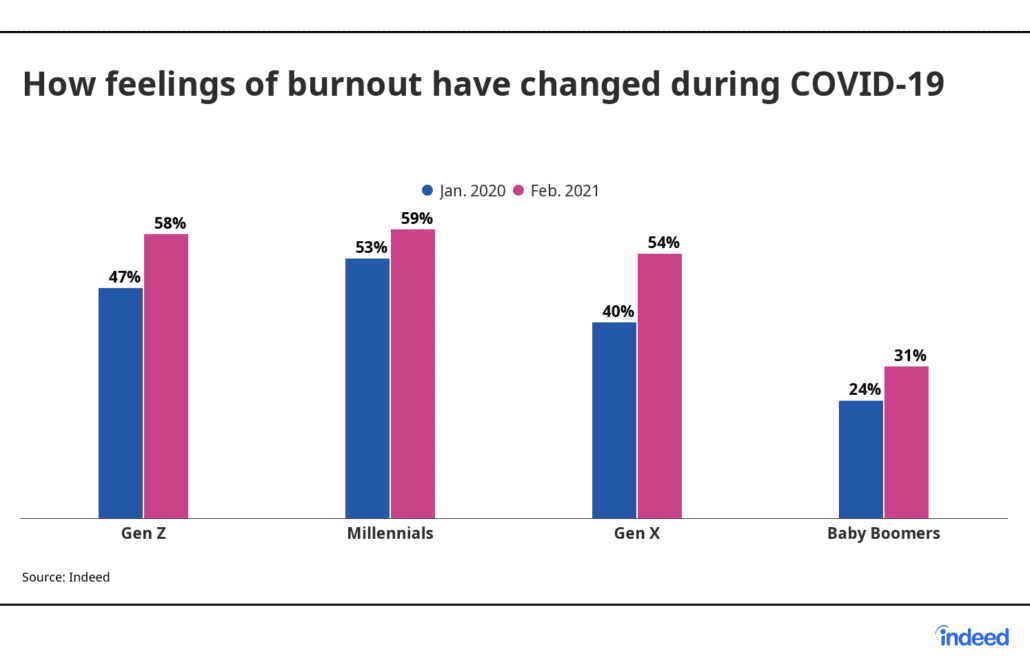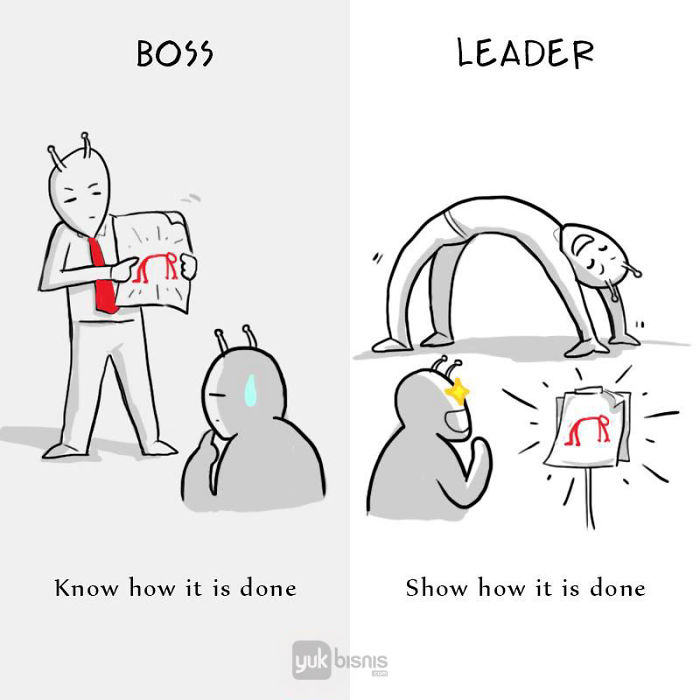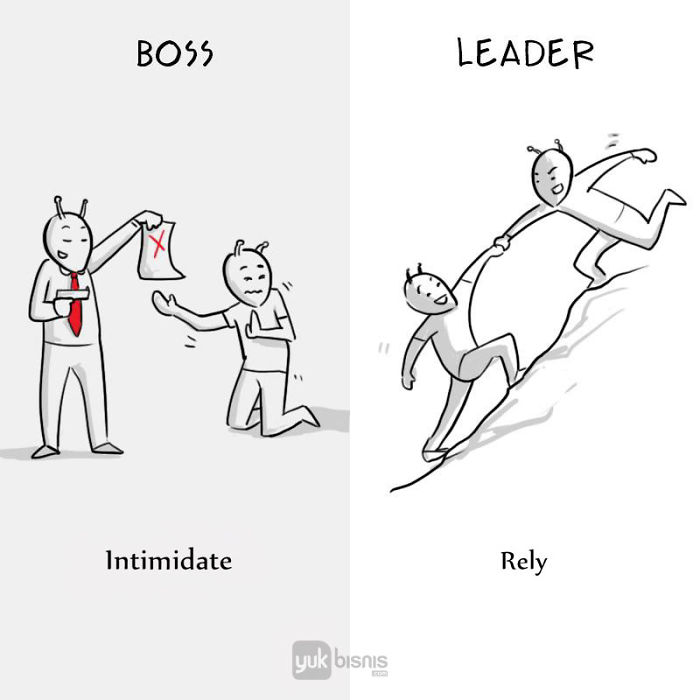CBS News reported that in the second half of 2021, over 20 million people left their jobs for various reasons. Reasons for the increased resignation rates are likely due to culture, compensation, and flexibility. Although this is an alarming statistic, there are a few steps business owners can take to prevent the great resignation from affecting their business.
What is the Great Resignation?
The Great Resignation is described by Investopedia as a “higher-than-normal quit rate of American workers that began in the spring of 2021 and continued into the fall.”
Why are so many people quitting their jobs?
Over the course of 2 years, people have created a clear image of what they want their work-life balance to look like. The requirement to work from home over the last few years created a world of possibilities for many companies. Employees now understand what is possible, in terms of workplace flexibility.
The collective experience of the last two years has also caused more people to focus on company culture and the employee experience. According to IDC, some of the most important focuses in terms of employee experience include:
- Transparency, trust, and consistent communication from employers
- A collaborative work environment with remote experiences allowed
- A culture focused on belonging and inclusion
- Employee listening, engagement, and recognition from management and peers
- Career development and educational opportunities
- Demonstrated corporate social responsibility
Employee Burnout and the Great Resignation
Another area of employee experience that has become a huge topic of discussion for most employers, is burnout.
Indeed released a study on workplace burnout that reported: “67% of all workers believe burnout has worsened during the pandemic.” They also found that “53% of millennials were already burned out pre-COVID, and remain the most affected population with 59% experiencing it [burnout] today.”
The chart featured below shows the level of burnout among different generations over the span of COVID-19.

How to spot employee burnout
As mentioned above, Forbes reported that even companies with a positive work culture are being affected by the Great Resignation. This is most likely due to the increased burnout rate over the last few years.
So, one of the most preventative steps an employer can look out for is employee burnout. Forbes lists the three warning signs of burnout as:
- “Decreased Productivity and Performance
- Increased Cynicism towards coworkers and clients
- Detached from the company.”
How can you prevent the Great Resignation from influencing your company?
There are actions your company can take to prevent your employee retention rate from taking a hit this year. Companies that have provided a great work environment are also being affected by the Great Resignation, so how can you retain your employees?
Let’s look into some preventive measures that companies can take in 2022.
Foster Positive Company Culture
There are a LOT of factors that go into creating positive company culture. Some aspects of work that improve by strong company culture include:
- Office interpersonal relationships
- Employee retention
- Team communication
- Ongoing employee growth and learning
As you try to attract and retain the best and brightest workers in your business, you can be sure that potential employees are looking for a place where they will feel valued, and enjoy coming to work. That doesn’t always mean smiles and high-fives. Positive company culture means one where accountability, high standards, and the ability to give and receive feedback are present.
At Culture Works, we start with purpose, people, and process. First: align with a higher purpose, then, get your people on board with how they bring value and are integral to the company’s success, and finally, implement processes that put HR and operations into action to make company culture repeatable and actionable every day.
Implementing HR processes is at the core of building aligned organizational culture and reaching your business goals.
Not all team-building exercises involve trust falls or baby pictures. There are many team-building exercises that don’t suck. Some examples include:
- Corporate Recess (incorporating play into work)
- Emotional Intelligence training
- Learning outings (hands-on projects)
Read our blog to see if your company checks off the 5 signs of positive company culture.
Learning and Development
Culture Works believes that Learning and Development (L&D) plays a major role in fostering a positive and productive work environment.
Investing in your team means more than buying lunch every month (although, who doesn’t appreciate a free meal!?). Quality L&D means investing in your employees daily and encouraging their personal and professional growth. One of the best ways to invest in the learning and development of your employees is to provide additional courses that increase your employee’s skills and bring them to the next level, so they can be promoted within!
Allowing for a Flexible Work Environment
CNBC reports that 57% of workers require employers to provide options for a flexible work environment. This means creating a space where employees can successfully complete their roles remotely, in person, or with a hybrid work model.
The moral of the story is: A flexible workplace can be the difference between you and another employer.
Combating burnout, finding value-aligned employees, and creating a positive company culture are only a few ways you can work to prevent the Great Resignation from affecting your business.
How long has it been since you thought about your company’s culture? Do you bring your company’s values into your daily conversations? We’ve put together an article explaining how you can start setting team goals, with your values in mind, to foster company culture and increase employee retention. Read more here.






